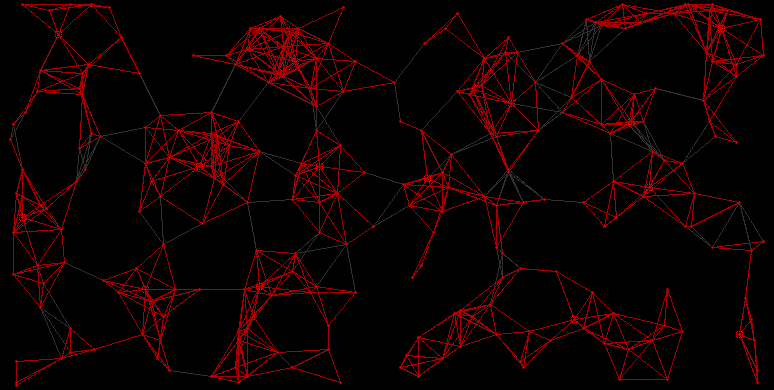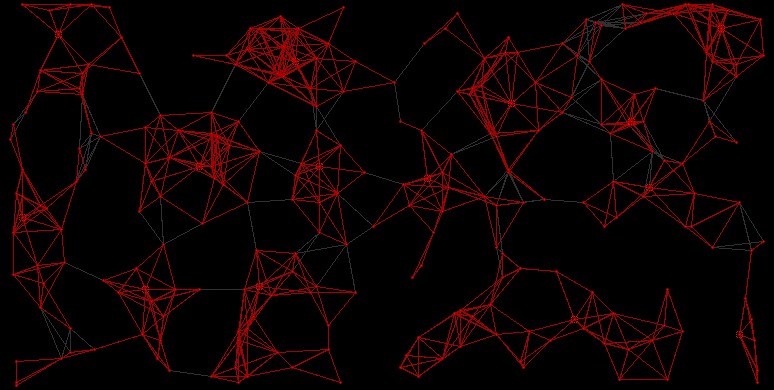Posted: Sun Oct 25, 2009 3:20 pm
This thread has the actual maps that I used when I assigned systems to each SecCom station. Hope this helps.
For information and discussion about Oolite.
https://bb.oolite.space/
OK, I take this as "Canon for Galactic Navy". Any particular reason why a system is assigned to a particular SecCom station? Or has it been a "looks good" decision?Nemoricus wrote:This thread has the actual maps that I used when I assigned systems to each SecCom station.
It does, indeed.Nemoricus wrote:Hope this helps.
No, I did not, but I'll include links now that I know.Thargoid wrote:Presumably you know of this wiki page (or at least the ones linked from it per galaxy)?
Nope. Not today, today's my day offCheeseRedux wrote:As always, this gets more impressive every day!
Total distance in LY, actually.CheeseRedux wrote:From your examples given, it looks like the shortest path is calculated by number of jumps, distance (in LY) or a combination of the two.
Believe it or not, but this thought did cross my path, indeed... There was one point why I did not: I can calculate how long a jump takes, but the in-system-time can either be set to an arbitrary, fixed time or might even be variable due to whatever parameters. Thats why I stuck to pure sum of LY - lazyness. A map based on time might be different, but not necessarily much.CheeseRedux wrote:Now I doubt it would have much (if any!) practical impact, but would it not make more sense to assign systems to the Sector Command which is closest in travel time?
I would not bet any body parts on it, but I remember something like Flight Time in h = (Distance in LY)^2.CheeseRedux wrote:As I understand it, longer jumps take exponentially longer time to perform. (I'm sure someone has the formula at their fingertips.)
Problem is that the calculation very much depends on the in-system-time...CheeseRedux wrote:Thus it would be at least theoretically possible that traveling from system B to system A takes less time than from C to A, even though the distance is farther in both LY and number of jumps.

